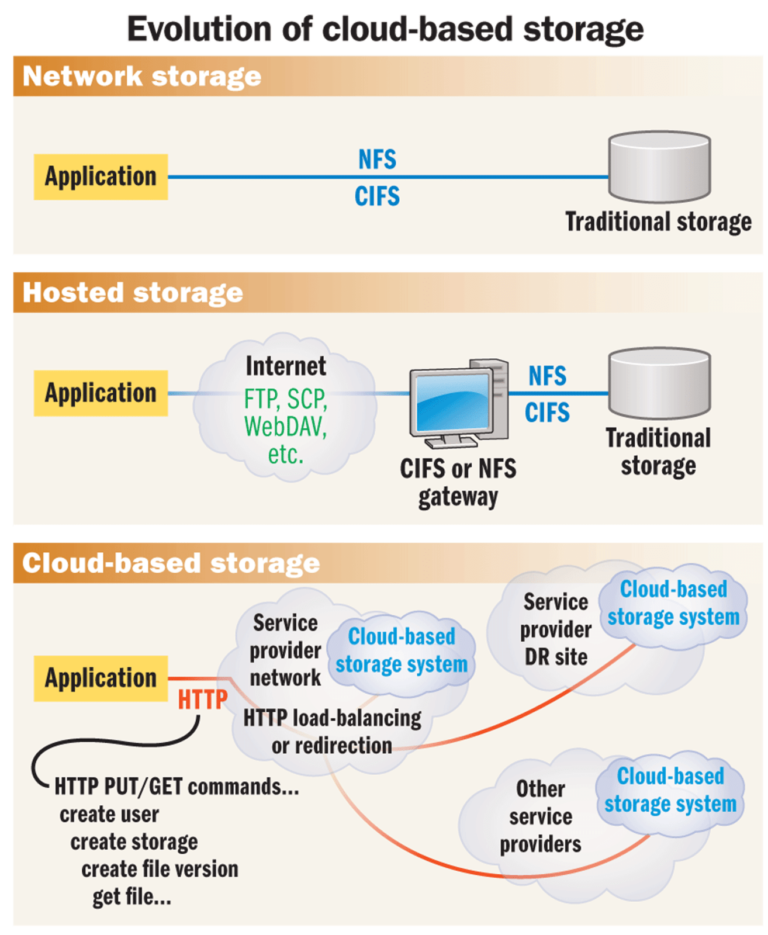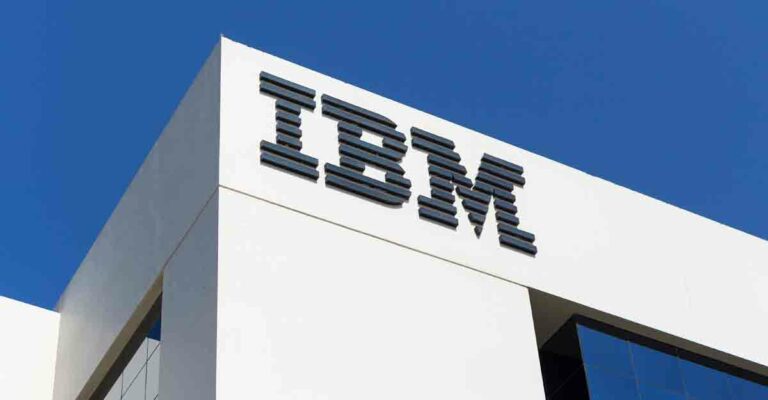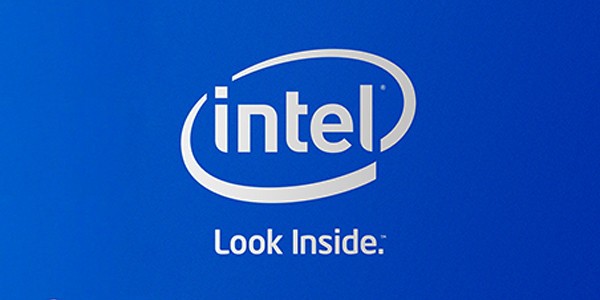Most HPC data centers use at least some form of flash storage to accelerate their workloads, finds a recent survey from DataDirect Networks.
Solid-state drives (SSDs) and other forms of flash storage have cemented their place in high performance computing (HPC) scene.
Flash is present in just over 90 percent of the HPC data centers belonging to the 143 IT professionals who DataDirect Networks quizzed for the latest edition of its High Performance Computing Trends survey. The big data storage solutions provider also found that 80 percent were using hybrid flash arrays (flash and hard disk storage) for caching operations or to accelerate metadata or data sets. Despite the blazing performance provided by all-flash arrays, only 10 percent said they employ this type of storage system.
Cloud adoption is rising among national research laboratories, oil producers, life sciences firms and other organizations that place big demands on their IT environments. Thirty-seven percent said they plan to use the cloud to fulfill at least some of their data storage requirements in 2017, a 10-percent jump compared to last year.
Those cloud adopters are also largely avoiding public clouds for their HPC storage needs, opting instead for private and hybrid cloud solutions (80 percent), said Laura Shepard, senior director of marketing at DataDirect Networks.
“These responses are consistent with the trends DDN observes in customer conversations, the most prevalent of which is organizations rebounding from public cloud due to cost, poor latency and sheer data immobility issues,” said Shepard in a statement. “The use of private and hybrid clouds continues to grow although most HPC organizations are not storing as large a percentage of their data in public clouds as they anticipated even a year ago.”
Unsurprisingly, HPC IT teams at managing an increasing amount of data as the years go by.
Thirty percent of those polled said they manage or use more than 10 petabytes (PB) of storage, a five-percent increase compared to 2015. A majority (73 percent) said they’re responsible for more than 1PB of storage. And aside from the sheer amount of data to keep tabs on, keeping it flowing to their application servers is often a struggle.
“Performance remains the top challenge, especially when handling mixed I/O workloads and resolving I/O bottlenecks,” Shepard added. “Given this, it’s not surprising that 90 percent of those surveyed are using flash within their data centers, but what is notable is that the more storage experience a site has, the more likely they are to use flash to accelerate multiple tiers of storage rather than putting it all in one tier for one part of the workflow.”





